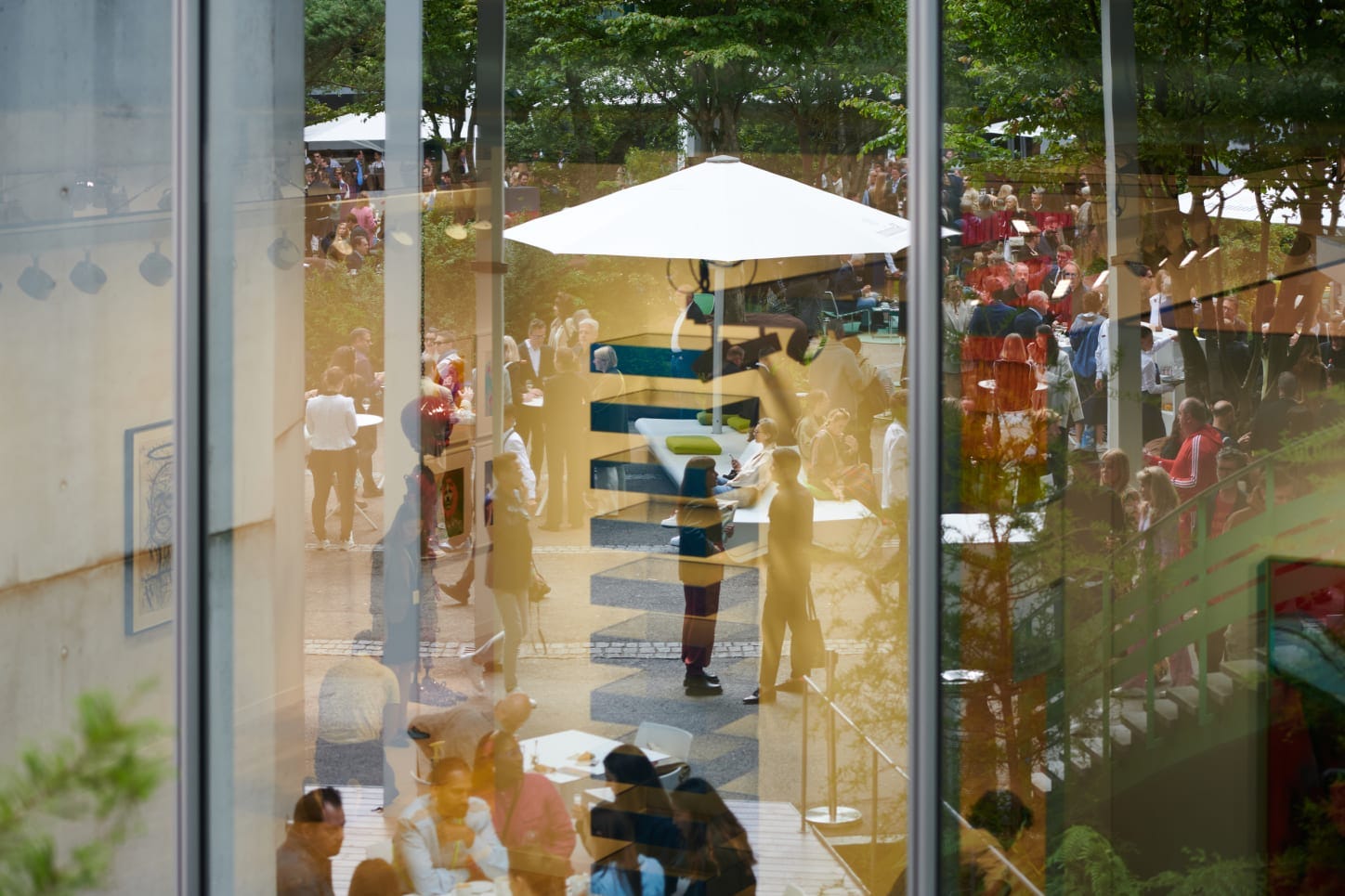Art Doesn't Have to Be Snobby
Exclusivity is the thief of joy.

Usually, I go to museums to see art. Sometimes, I go to see people.
You can learn a lot about human nature in a gallery. Some buzz around the room in excitement, just happy to be in the presence of works they love. Others like to sit quietly with a painting for a lengthier period. They want to absorb every detail, every brushstroke, mine every story present in the artist’s work. Some have clearly been dragged there by their spouse, and some might be visiting a museum for the first time in years, or the first time ever.
Some walk the halls with their noses turned up, as if crossed arms and a harsh, narrowed gaze might conceal a raging inferiority complex. And then there are those who carry a bewildered expression in their eyes. They have no idea what they’re looking at. Are they doing something wrong? Is there a correct way to view art? Is a painting “deeper” if it’s more abstract, or “dumber” if the technique is easier to exec…


